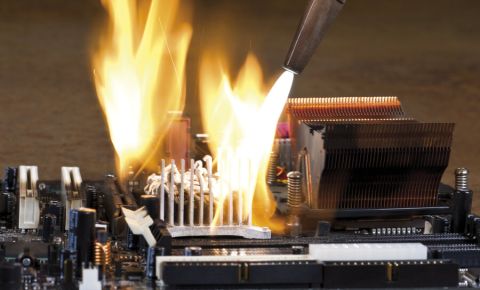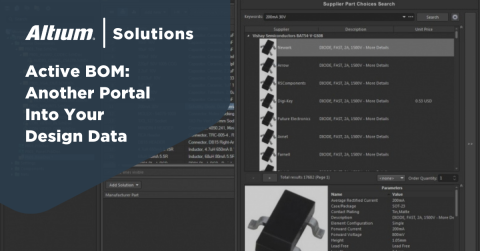Optimizing Electronic Product Documentation for Assembly and Manufacturing
I’m the kind of person that can get overwhelmed with too much information. If my wife gives me a choice of restaurants to pick from when we go out to dinner, it feels like my head might explode. Burgers, pizza, tacos, chicken, deli sandwich, family-style, Lo Mein, seafood, steaks… my usual response is to look at her and say; “what were my choices again?” She has learned over the years to instead say; “I’m hungry, do you want a burger or some Lo Mein?” I’ll usually answer with; “how about a taco instead” (above all else I’m a creature of habit).
Too much information is often the culprit when there are problems in life, including when we are trying to get a printed circuit board manufactured. For years the process of creating electronic product documentation involved generating documentation for every possible vendor or known contingency. This led to a lot of unnecessary work and for those of us who are easily confused with too much information, a lot of frustration. Fortunately, we now have PCB design tools that can easily create the documentation that we need when we need it.
JIT (Just in Time) Methodology Isn’t Just for Manufacturing Anymore
For years the practice in PCB design departments was to create as much documentation as possible. When a design was completed, it was usually archived off the main system. To restore that design and generate new documentation took time and personnel, plus depending on what was done to create the documentation, the design might have to go through the entire archiving procedure once again. To avoid this a multitude of documentation would be created in order to cover whatever manufacturing requirements might be needed down the road.
With advanced PCB design tools today, however, this is no longer a problem. Archiving procedures aren’t nearly as complexed, and designs can be opened to generate new documentation usually without disturbing the design content. This eliminates the need to create all documentation imaginable up front.
Altium ’s Active gives you a lot of options
The Old Way and The New Way
Older design tools often took manipulation to create standard pieces of documentation according to specific needs. For instance; if a bill of materials () was required by one vendor to be formatted a certain way, it might require changing part numbers in the CAD database to have certain nomenclature so that the generators would recognize specific . An example of this would be in mechanical hardware that was associated with components such as heat sinks. Then another vendor might require that those be eliminated from the for one reason or the other, and the CAD database would once again have to be altered in order to not confuse the generators. Then these would have to be added to an alternate document that was manually created.
PCB design tools today are much more sophisticated. generators can usually be managed so that certain can be suppressed if needed, or have their part numbers or reference designators altered. All of this can be done as part of the post-processing of the design, and you don’t have to worry about changing the core CAD database.
Schematic, layout, and Active all working together in Altium
What You Need to Create Perfect Electronic Product Documentation
The best PCB design CAD tools will have a dedicated generation utility that allows the user to change the presentation and formatting of the data to any configuration that is needed. Additionally, these utilities should be able to store the different configurations so that you can create differently formatted files whenever you need to. This will give you the ability to optimize your electronic product documentation the way you need it for assembly and manufacturing.
Altium is the PCB design software that we use that has this capability built right into it. Active will give you all the flexibility in creating different data formats that you will need. With this capability you no longer have to worry about creating a pile of paperwork at the end of each job, you can just open the design and create what you need when you need to. Additionally, there are a lot of other benefits that Active gives us that other PCB CAD generators don’t.
Active gives us another portal into our database so that we can easily search for and select specific part numbers or reference designators, and then have those cross-select in either the schematic or the layout. Active also gives us the ability to connect live through the cloud to our part vendors to check on the latest pricing, availability, and component specifications as well.
If this sounds like it would be as helpful to you as it was to us, you can find out more information by talking to an expert at Altium.










